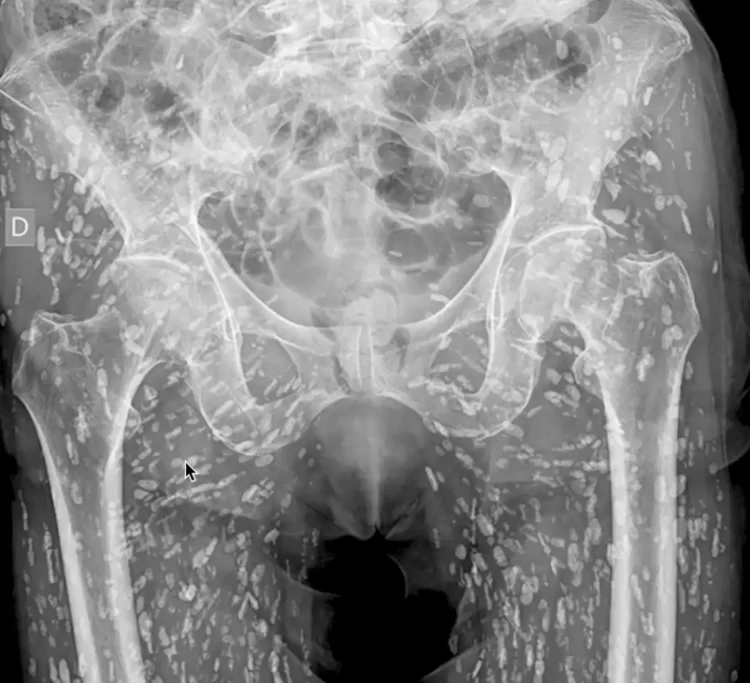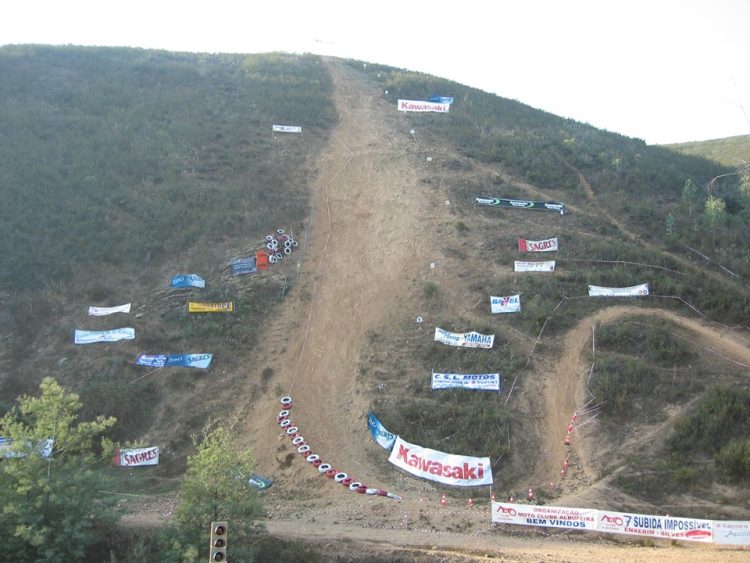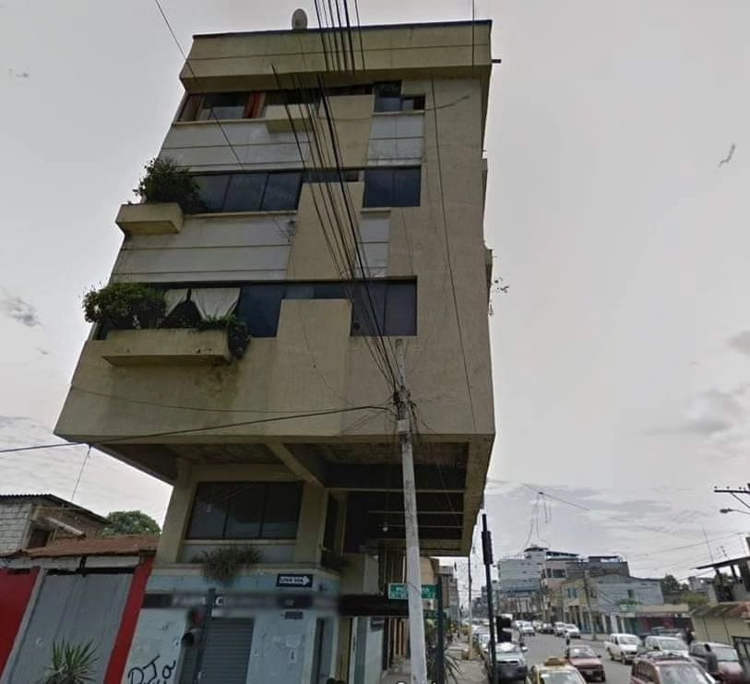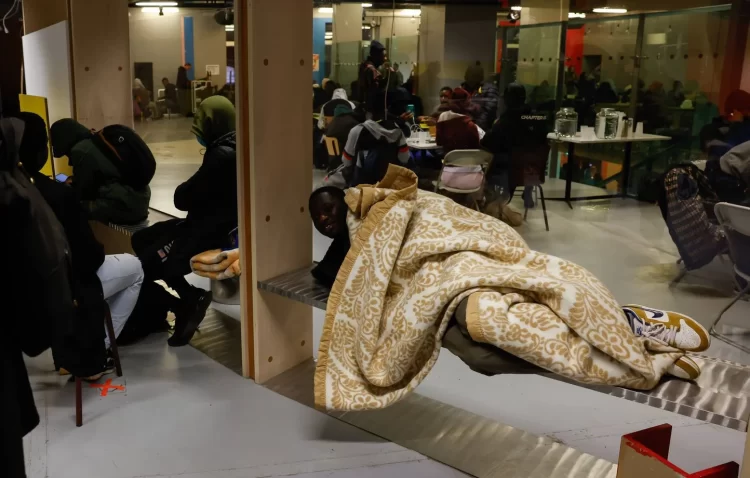In the foothills of Mt. Hiei, to the northeast of Kyoto City, lies a huge, 1,200-year old temple complex called Enryakuji. The Tendai-shu monks who inhabit this place are better known to the world as ‘marathon monks’ for their amazing physical feats that put Olympic athletes to shame
Not all the Enryakuji monks are Tendai-shu; only some of them get special permission to participate in the sennichi kaihogyo, or the Thousand Day Challenge – one of the most rigorous spiritual challenges in the world. The trial lasts for seven years and involves walking a distance that is equal to circling the globe once over. During this test of physical and mental endurance, the monk sets on a journey to venerate Fudo-myo-o, the central deity of the Tendai, by visiting a series of religious sites located on Mount Hiei.
The selected monks are called ‘gyoja’ and their challenge consists of seven long years of pilgrimage to over 250 sites on Mt. Hiei, which is one of the top three sacred places in Japan. During their visits, they need to cover a total of 1,000 long marathons, a feat that seems humanly impossible to accomplish.
They adopt a very specific pace while moving – they don’t run, but a normal person would have to jog to keep up with them. They must not walk too fast though, because their goal is not to exhaust themselves. For these monks, walking is a type of meditation, a means to a spiritual end. Their posture is important while walking – they keep their back and hips upright and walk in such a way that their unique hats barely move, even if the path is rough.
During the first three years of the kaihogyo, gyojas walk 30 to 40 kilometers a day for 100 consecutive days, irrespective of the weather conditions. In the fourth and fifth years, the number of pilgrimage days is increased to 200. As they walk, they must make brief stops at pre-designated sacred spaces to chant mantras and pray. There are over 250 such spots – mostly waterfalls, streams, sacred trees, wells, springs, stone images, temples or shrines.
They are clad in modest clothing – a white robe, a renge-gasa hat, split-toe socks and straw sandals. They carry a staff and a lantern to show the way at night. During the rains, they may go through several pairs of sandals a day. The trek is so difficult that it has been dubbed ‘the walking hell’. Gyojas often face several hardships, develop festering wounds, sore feet and serious injuries. But nothing deters them from their goal.
In the fifth year, the monks engage in a special fasting called do-iri, in which they chant a special mantra for nine days straight. They do not eat, drink or sleep during this period. At 2:00 a.m. each night, they are permitted to take a short walk to a nearby well to get water as an offering to the deity. They are allowed one sip of water a day, which they must swish around in their mouth and spit out immediately. The amount spat out needs to be the same as what went in.
On the last day of the fast, gyojas become so weak that they need to be supported by men as they make their last trip to the well. A 12 to 15-minute walk now takes them over an hour to complete. The fast is the closest that the monks get to death – they completely lose sense of the day and time and they are no longer able to think. The ordeal is so severe that it is often referred to as a living funeral. The only way to get through the year of fasting is with complete faith in Fudo-myo-o.
The sixth year involves a 60-kilometer trek per day for 100 consecutive days, and the seventh year is 84 kilometers. The final lap of the challenge is another 100-day stretch of walking 30 to 40 kilometers a day.
The whole experience of the thousand day challenge is so strenuous that only 50 monks have completed it so far, since the tradition began, in 1585. Many monks have even died in their extreme quest for enlightenment. Once a marathon monk start his seven-year journey, he must not stop under any circumstance. Gyojas actually carry a rope and a dagger to take their own life, should they be unable to carry on for any reason, but when a gyoja successfully completes the challenge, he becomes dai ajari, a living deity.
One of the most well-known dai ajari was Yusai Sakai, who lived from 1926 to 2013. During his lifetime, the resilient monk actually completed the kaihogyo challenge twice. Before he became a monk, he served as a pilot in the WWII – an experience that prompted him to join the ranks of the Tendai monks and become a gyoja. His life story is truly inspiring and has been the subject of several books.
“The message I wish to convey is, please, live each day as if it is your entire life. If you start something today, finish it today. Tomorrow is another world. Live life positively,” Sakai preached.
The marathon monks of Mount Hiei are considered great heroes in Japan, and many look upon them as spiritual leaders.
Sources: Rocket News24, Journeyman Pictures









